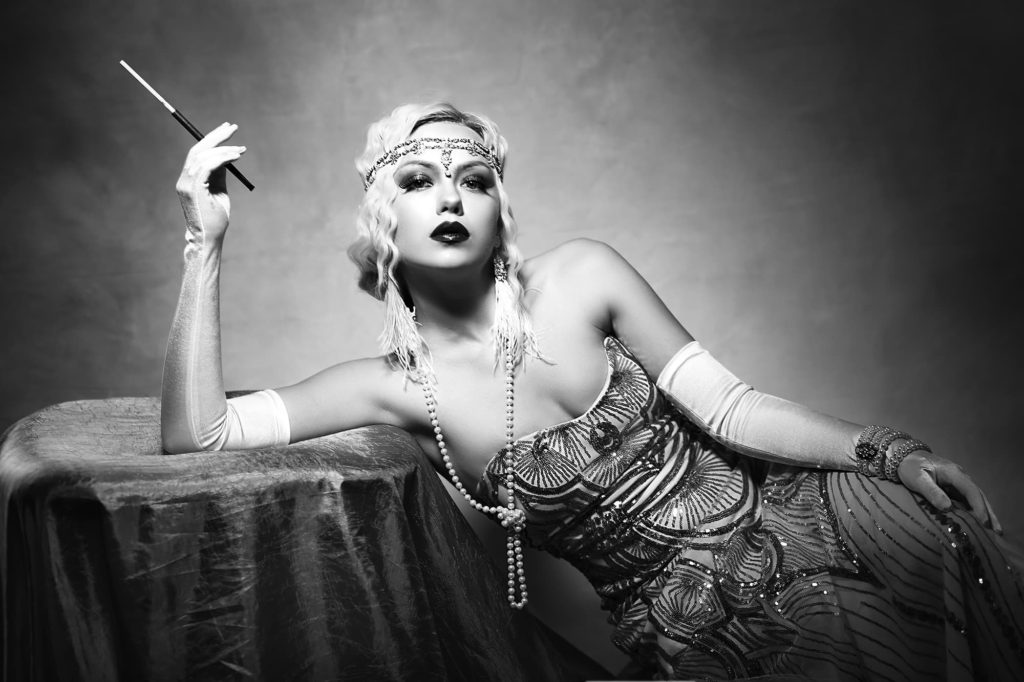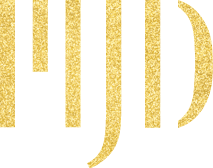
In the age of the coronavirus, has fashion lost its mojo?
While some couturiers have stepped back to regroup and prioritize their staffs, others like Ralph & Russo and George Hobeika took a recent opportunity to present their collections digitally, collaborating with filmmakers on pieces that resonated with movie magic, reminding viewers of fashion’s power to beguile, as it has done in other periods of crisis.
Consider the Spanish flu, which infected 500 million people, or a third of the world’s population at that time (February 1918-April 1920), killing between 17 million and 20 million. The flu dovetailed with two important events, World War I ramping down and the final push for women to get the vote ramping up. All three events played their part in what was one of the most dramatic shifts in fashion. During the Roaring ’20s, hemlines rose, waists dropped and fabrics sparkled as clothes and accessories like cloche hats became breezier – reflecting women’s newfound freedoms and a desire to forget the war and the pandemic.
The end of World War II saw the rise of Christian Dior’s “New Look” – a return to a traditionally feminine silhouette of cinched waists and bell-shaped skirts after the boxy, no-nonsense suits of the self-sacrificing war years. It was an escapist response to catastrophe that’s echoed in the fairy tale marketing for Dior’s Autumn/Winter collection.
In the 1960s, a moment of social upheaval that offers a distant mirror of our own, protests in the streets were met with psychedelic shifts, mini skirts, go-go boots, jockey caps, bell bottoms and fringe vests and jackets as well as big hair and eyeliner – and not just for the women.
What do these three periods tell us? In each, fashion met the moment with something fresh and distinctive that is still influencing the choices we make today.
As the couture houses present their Autumn/Winter collections online, we have no doubt that designers will respond in kind. And while it may take a while for us to come out of our cocooned shock, we will, too.
